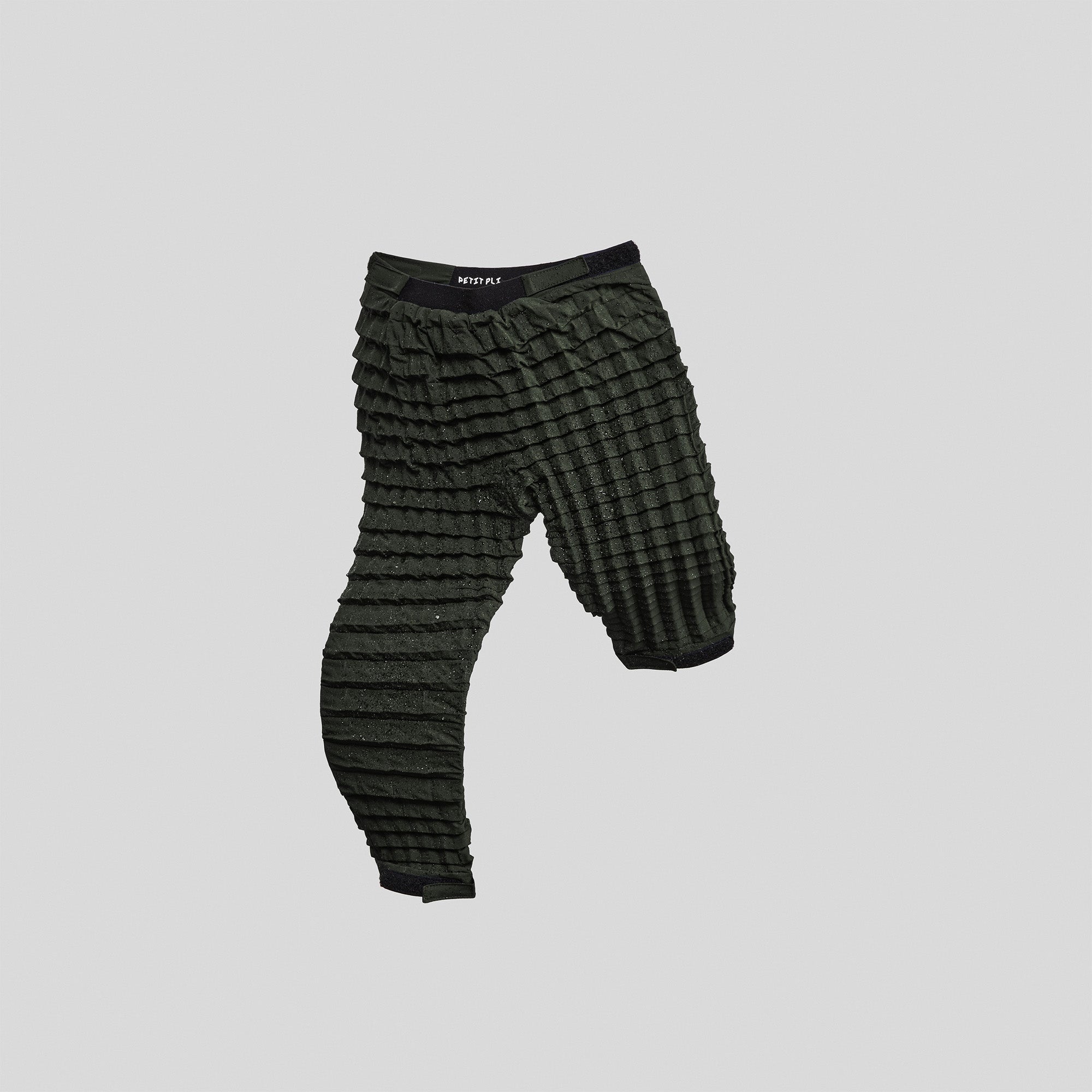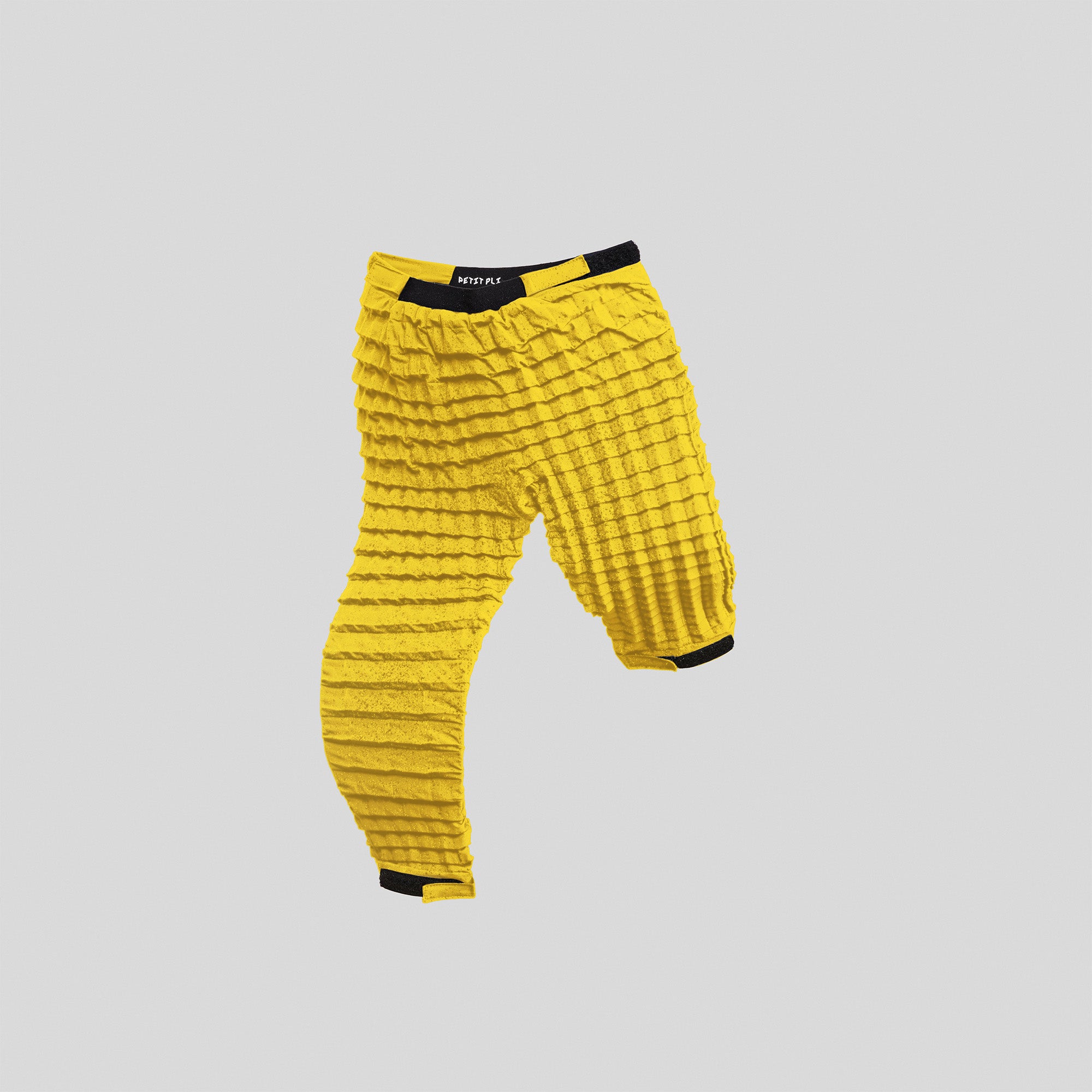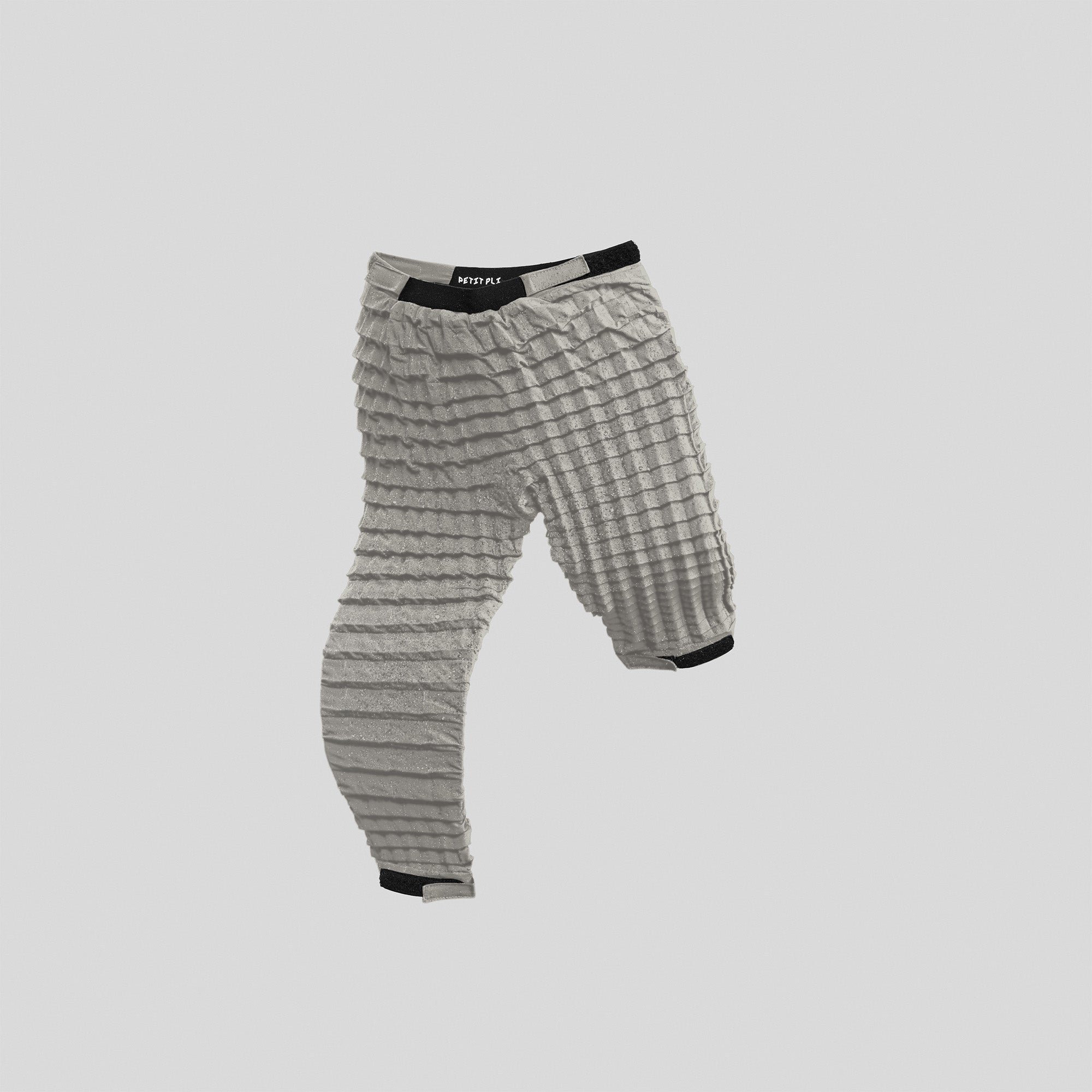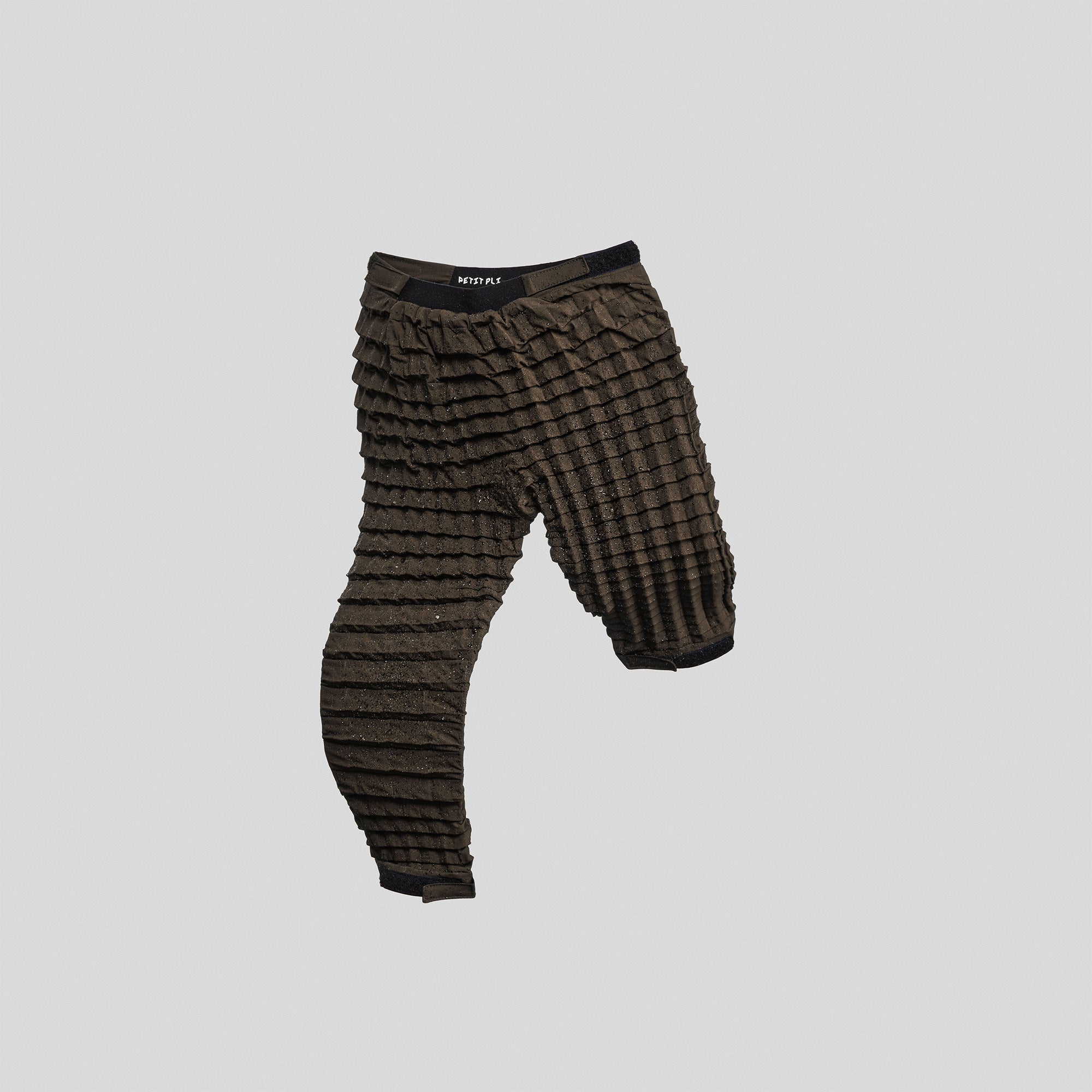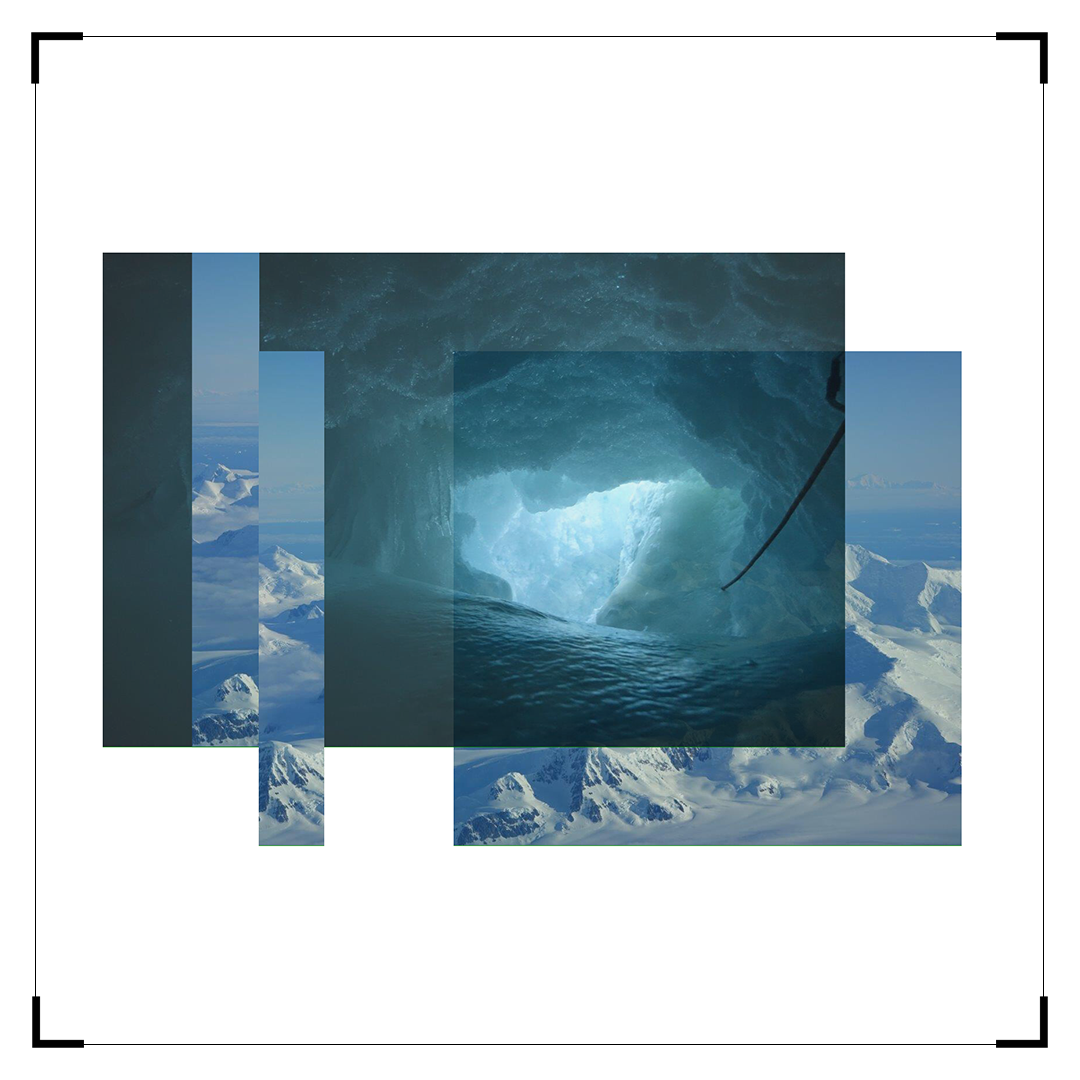
Inhabiting Antarctica
On the southernmost tip of the planet, human life is sparse.
The icy continent of Antarctica is the only landmass on Earth without a native human population.
However, the windiest and driest place on Earth is now a temporary residence to a chiliad of polar workers, a population of operatives that quadruples in the 0°C summers, surviving and working in the 200 mph winds and bitter conditions.

While the solitary human has not evolved to survive the cold extremities and perilous landscape of Antarctica, with thanks to composite materials and the transformative power of clothing, inhabiting the boundless polar desert is now possible.
Humanity can now rely on versatile clothing that encourages limitless exploration - designed to support movement, to protect from the outer elements, and that is made to last.
With temperatures that can plummet below -60°C, surviving and working in the numbing condition of Antarctica requires careful consideration of clothing and gear.
Antarctic apparel and equipment must reduce the risk of injury from the harsh temperatures, severe winds and UV radiation - as well as consider the threat of avalanches, cornice collapses and copious crevasses.
Before the introduction of technical fibres and materials, now the second skin to modern-day polar workers, Antarctic explorers would wear natural fabrics - camel-hair fleece suits and leather jackets covered with layers of fur from reindeer and wolves.
The biggest problem with these materials was the moisture retention as clothing and sleeping bags would retain liquid and perspiration which would then freeze into solid cocoons of ice. With the sweat from man-hauling and dog sledging, as well as the moisture from the surrounding icy surfaces, clothing from early exploration would quickly become uncomfortable and dangerous once it started to freeze.
In the Arctic, the Inuit inhabitants would reduce the danger of perspiration by wearing loose fitting furs for ventilation while working, which could then be drawn tighter in colder conditions when at rest.
For protection against sea spray and sleet, Inuit men and women would dress in parkas constructed from sea mammal intestines. The intestines and membranes would undergo several washings, peelings and scrapings with a blunt tool before being constructed with a waterproof stitch to minimise exposure to the outer elements.
Meanwhile, in the southern polar desert, explorers quickly became prone to frostbite, hypothermia, cold water shock and non-freezing cold injuries – the Antarctic version of trench foot.
Without effective equipment, the extreme cold climate causes the body temperature to drop dangerously low, and as the body responds by narrowing blood vessels, blood flow to the extremities is decelerated and the tissue fluid freezes into ice crystals - resulting in frostbite.
The need to develop effective polar clothing became a question of survival, not just comfort.
The most significant change in Antarctic clothing came with the development of the layer system.
Established in the Heroic age, the layer system is still practiced today as an effective protective structure and method for controlling body heat.
The idea is to have a base layer that wicks away sweat, followed by a comfortable insulating layer designed to trap air, and a windproof outer shell to protect from the elements. Today, the layer system has developed with the introduction of man-made fibres, technical insulating materials and zip fasteners.
Using man-made materials has become vital to ensure safe and successful operation in Antarctica. Polymer fibres reflect moisture and perspiration, therefore reducing the risk of freezing.
With thanks to the power of moisture-wicking materials and technical ventilating fabrics, Antarctic conditions have become hospitable and accessible for discovery.
Antarctic clothing acts as an armour for those who seek to understand and solve our planet’s environmental situation. While effective polar clothing has made these conditions survivable, right now - the survival of humanity depends on slower consumption and the need to extend the life of our clothes.
At Petit Pli, our suits have been designed with this in mind.
Designed to support movement, to transcend the average garment use and to protect from the outer elements. Like the layer system, Petit Pli is created with durable, versatile materials - acting as an effective tool to support exploration and encourage a more innovative, sustainable and wearable future.
Over & Out
The Petit Pli Team
